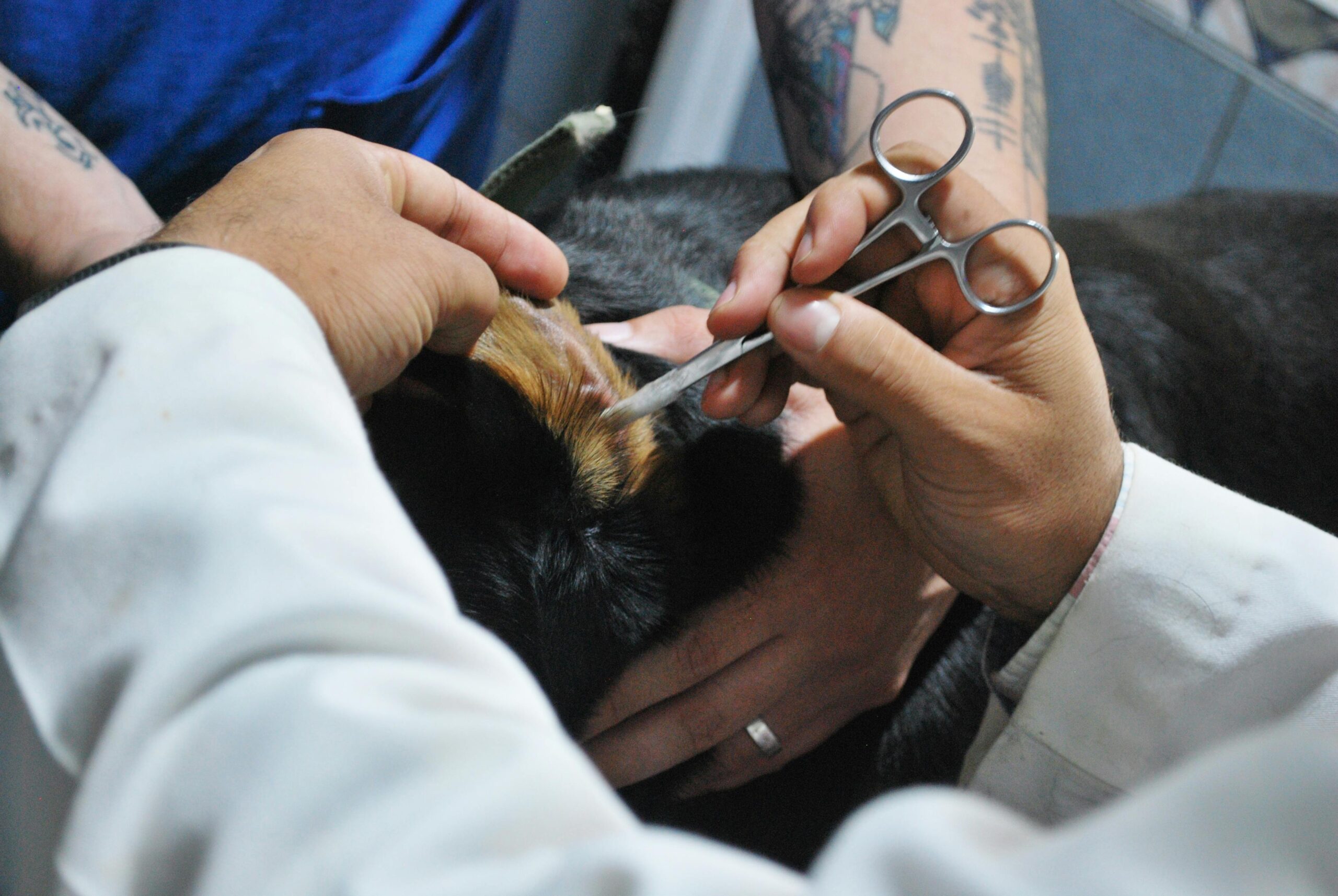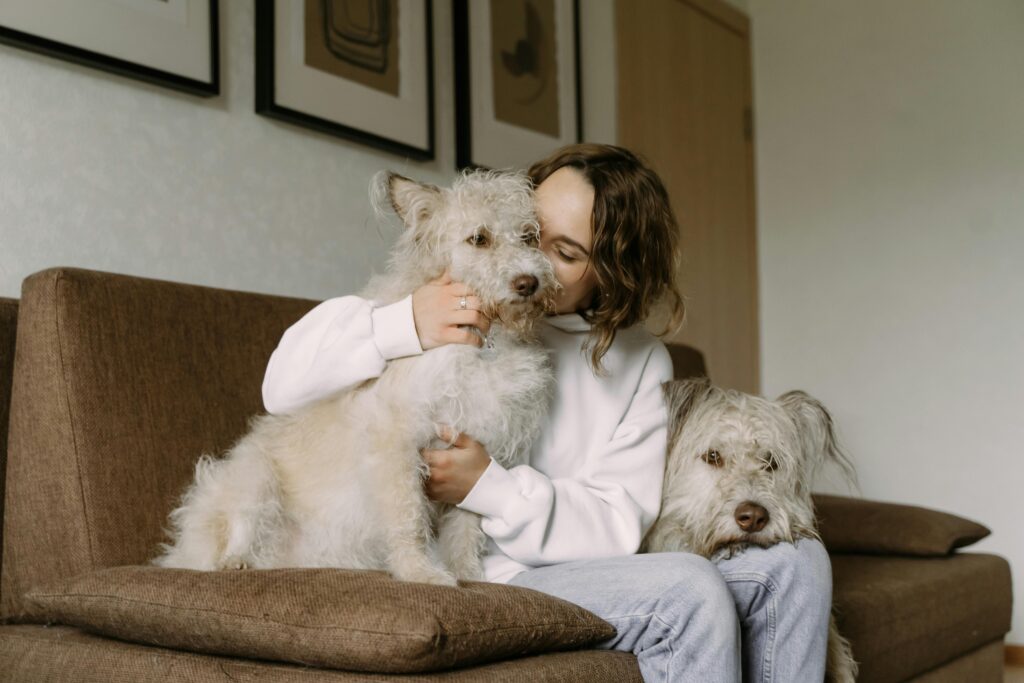As a dog lover, we must be aware of dog ears. Ears are an important, valuable resource for every animal. Ears should be taken care of. Only awareness and care help keep ears healthy. Let’s dive into the world of dog ears!
Anatomy of Dog Ears
Dog ears are complex structures consisting of several parts:
- Pinna (Outer Ear): The visible part of the ear that captures sound waves.
- Ear Canal: A long, narrow tube leading to the eardrum, much longer and more curved than in humans.
- Middle Ear: Contains tiny bones (ossicles) that transmit sound vibrations to the inner ear.
- Inner Ear: Responsible for hearing and balance, containing the cochlea and vestibular system.
Types of Dog Ears
Dog ears come in a variety of shapes and sizes, often categorized based on their appearance:
- Prick Ears: Erect and pointed ears, seen in breeds like German Shepherds and Siberian Huskies.
- Drop Ears: Also known as pendant ears, they hang down, common in breeds like Beagles and Cocker Spaniels.
- Rose Ears: Slightly folded back ears, found in breeds like Greyhounds and Bulldogs.
- Button Ears: Ears that fold forward, covering the ear canal, typical in breeds like Pugs and Jack Russell Terriers.
- Bat Ears: Large, upright ears resembling those of a bat, seen in breeds like French Bulldogs and Chihuahuas.
The Importance of Ear Care
Proper ear care is vital for preventing infections, mites, and other issues. Here are some tips to keep your dog’s ears healthy:
- Regular Inspection: Check your dog’s ears weekly for signs of redness, swelling, or discharge.
- Cleaning: Use a veterinarian-recommended ear cleaner. Avoid using cotton swabs, which can push debris further into the ear canal.
- Trimming Hair: For breeds with long hair around the ears, regular trimming can prevent matting and improve airflow.
- Monitor for Infections: Signs of infection include scratching, head shaking, odor, and discharge. If you notice any of these symptoms, consult your vet.

Common Ear Problems
- Ear Infections: Often caused by bacteria, yeast, or allergies. Symptoms include redness, swelling, pus formation, and a foul odor.
- Ear Mites: Tiny parasites that cause intense itching and dark, crumbly discharge.
- Hematomas: Blood-filled swellings caused by trauma, often from excessive scratching or head shaking.
- Foreign Bodies: Objects like grass seeds can become lodged in the ear canal, causing discomfort and potential infection.
Communicative Role of Dog Ears
Dogs use their ears to express a range of emotions and intentions:
- Erect Ears: Indicate alertness or interest.
- Flattened Ears: Often a sign of fear, submission, or discomfort.
- Relaxed Ears: Suggest a calm and content state.
- One Ear Up, One Down: Can indicate curiosity or uncertainty.




